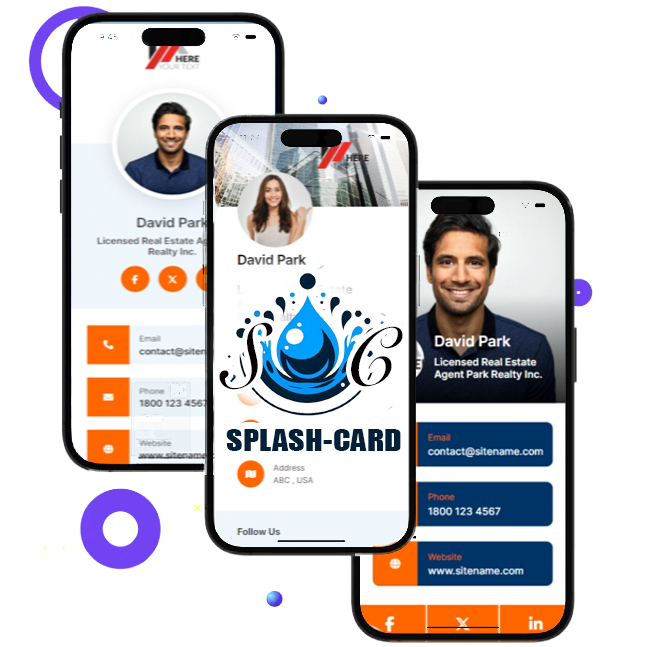Unlock the Power of Networking with Digital Business Cards
-
Digital Business Cards
-
September 6, 2024
Introduction:
In the digital age, the traditional business card is undergoing a transformation. Digital business cards are emerging as a game-changer in the world of networking, offering a blend of convenience, efficiency, and innovation that paper cards simply can’t match. In this blog, we’ll explore why digital business cards are becoming essential, how to create them, and the trends shaping their future.
1. What Are Digital Business Cards?
Digital business cards are virtual cards that you can share and manage electronically. Unlike paper cards, which are static, digital cards are interactive and can be updated in real-time. They can include links to your website, social media profiles, and other relevant content, and are typically shared via email, SMS, or QR codes.
2. Why Go Digital? The Benefits of Digital Business Cards
- Eco-Friendly: Reduce paper waste and your environmental footprint. Digital cards are a sustainable alternative to traditional paper cards.
- Cost-Effective: Save money on printing costs and avoid the need for reprints when your information changes.
- Dynamic Features: Add interactive elements such as clickable links, videos, and multimedia presentations to make your card stand out.
- Instant Updates: Change your contact details or information in real-time without the hassle of reordering cards.
- Easy Sharing: Distribute your card effortlessly via various digital channels, making networking more accessible and efficient.
3. How to Create Your Digital Business Card
- Choose a Platform: Select a digital business card platform that suits your needs. Popular options include HiHello, CamCard, and L-Card, each offering different features and customization options.
- Design Your Card: Customize the look and feel of your card to reflect your personal or brand identity. Use consistent colors, fonts, and logos.
- Include Key Information: Ensure your card contains essential details like your name, job title, company, contact information, and links to your website and social media profiles.
- Test Your Card: Before sharing, test your digital card across various devices and platforms to ensure it displays correctly and functions as intended.
4. Best Practices for Using Digital Business Cards
- Keep It Updated: Regularly review and update your digital card to ensure all information is accurate and current.
- Personalize Sharing: Tailor your card for different contexts and audiences to make a more impactful impression.
- Follow Up: After sharing your card, send a personalized follow-up message to build on your initial contact and strengthen your professional relationship.
5. Trends Shaping the Future of Digital Business Cards
- CRM Integration: More digital business cards are integrating with CRM systems to streamline data management and improve networking efficiency.
- Augmented Reality (AR): AR features are being incorporated into digital business cards to provide immersive and interactive experiences.
- Blockchain Technology: Blockchain is being explored for digital business cards to enhance security, verify authenticity, and prevent fraud.
6. Conclusion
Digital business cards are revolutionizing the way we network. They offer numerous advantages over traditional paper cards, including environmental benefits, cost savings, and advanced features. By adopting digital business cards, you can enhance your networking strategy and stay ahead in the ever-evolving professional landscape.
